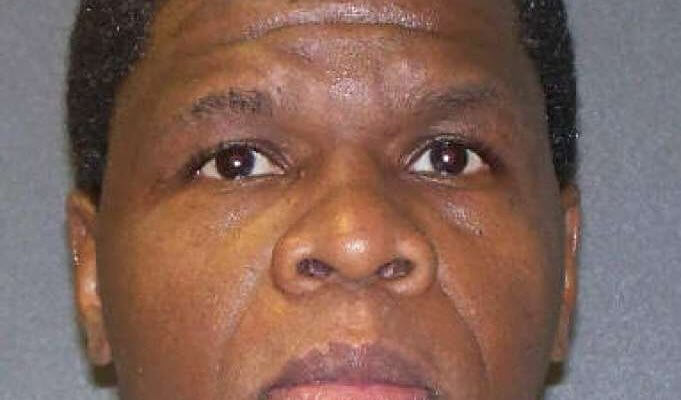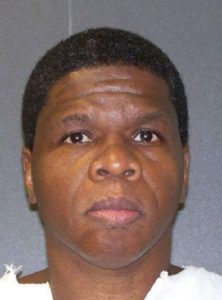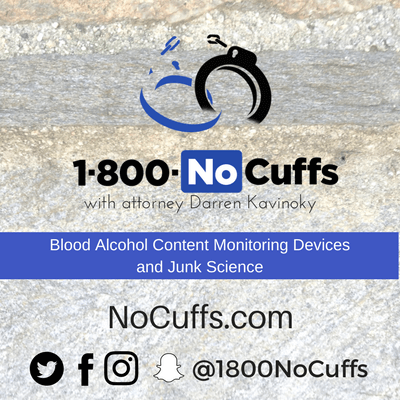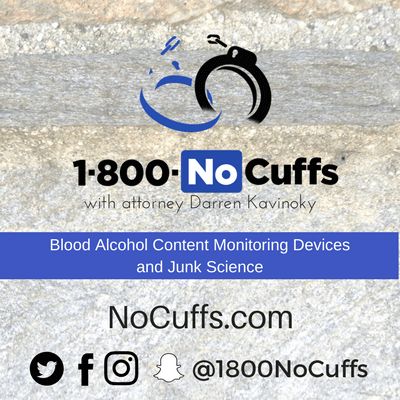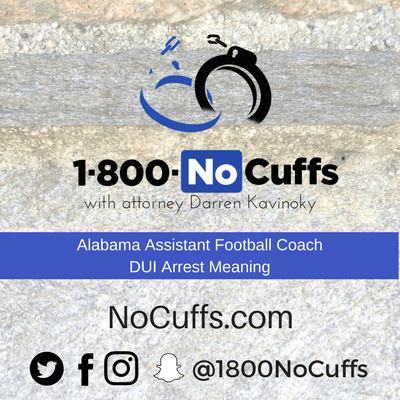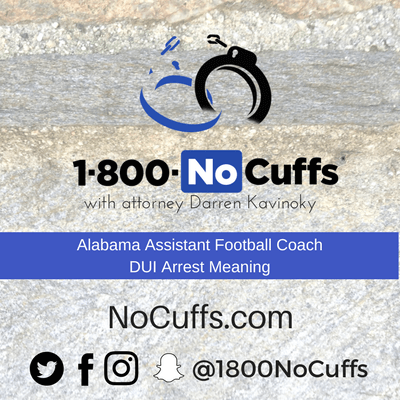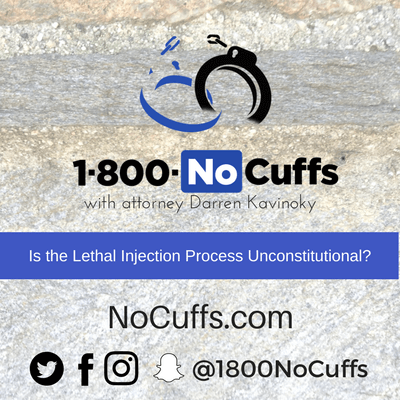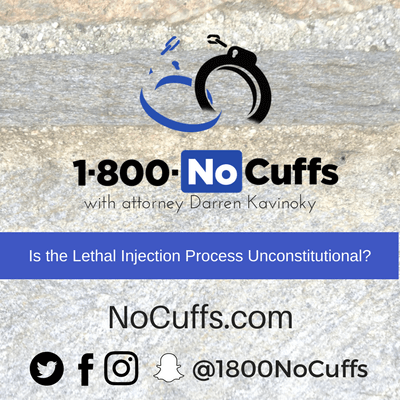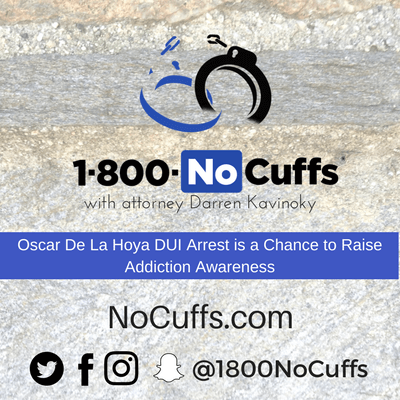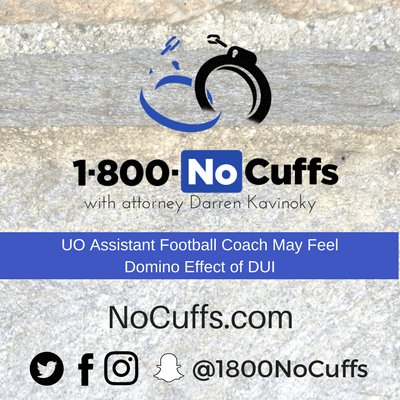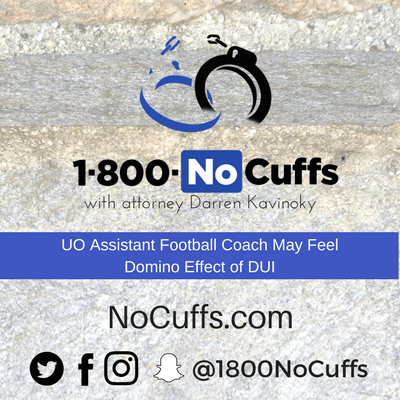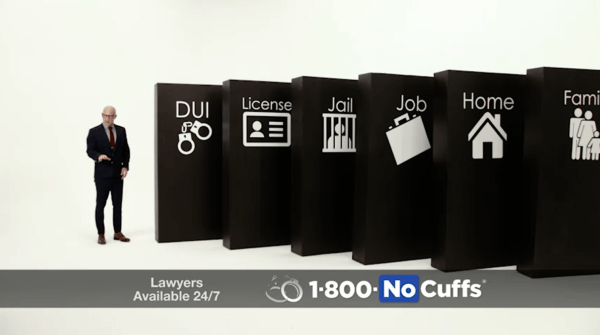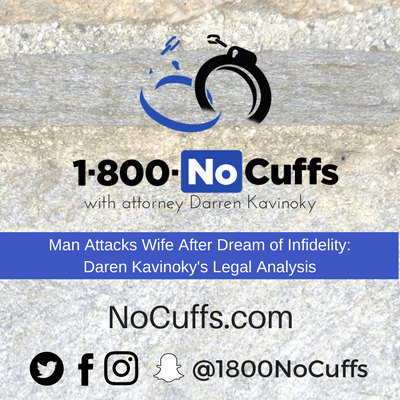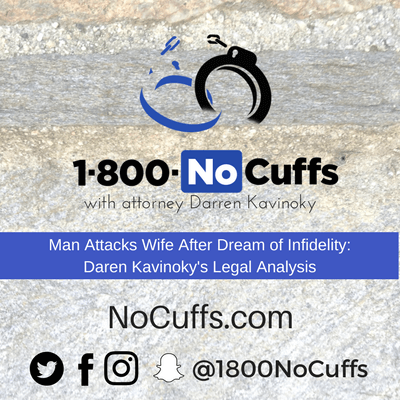Utah Governor Gary Herbert has signed HB155, making Utah the first state to lower its legal BAC to under 0.08. This comes as a shocking move to those in Utah and has been met with heavy opposition by citizens and researchers.Researchers and citizens do not feel that the new legal limit will do much to make the roads safer. According to Fox News, 3,818 phone calls, emails, and letters of opposition have been received asking for the .05 limit to be vetoed, citing the targeting of innocent citizens as a major concern. Researchers from the American Beverage Institute have found that 77% of alcohol-related traffic fatalities in Utah come from high-BAC and repeat offenders. This has prompted the ABI to release a statement urging Governor Herbert to veto the bill and instead implement a 24/7 Sobriety Program that targets repeat offenders and those with high-BAC.
Criminal Defense Attorney Darren Kavinoky believes the new law could take citizens who were “driving legally before this legislation and turn them into a convicted criminal, with all the direct and indirect consequences that come from that.”
Kavinoky is not shocked that restaurants and bars are concerned, citing reaching a .05 after “just a single drink” as a major possibility. Kavinoky believes the new law could “have a huge, chilling effect on business, and in the case of Utah, where tourism is a significant revenue source, could mean disastrous results.”
“There’s little debate over the notion that everyone wants to drive on safe roads. At the same time, I would be surprised if ‘Joe or Jane Citizen’ didn’t rebel against the idea of lowering the legal limit yet again.
There’s always a tension between the rights of the individual versus the interest of the government in enacting laws that preserve the safety of its citizens. In this case, Utah appears to have tipped the scales against long-held notions of personal liberty and freedom. This could backfire significantly.
“There is definitely a trend in the lowering of the legal limit,” Kavinoky believes, “in California DUI cases, for example, the legal limit for those people 21 and older used to be
.15, then it became .10, and then it was lowered to .08. When certain states held out on dropping from .10 to .08, the federal government threatened to withhold funding to get them into line. Those changes weren’t driven by science or safety, but by politics.”
Governor Herbert claims the newly passed law “does not target drinking” but rather makes for “good public policy”. Only time will tell how effective the new policy will be.
http://www.responsiblelimits.com




